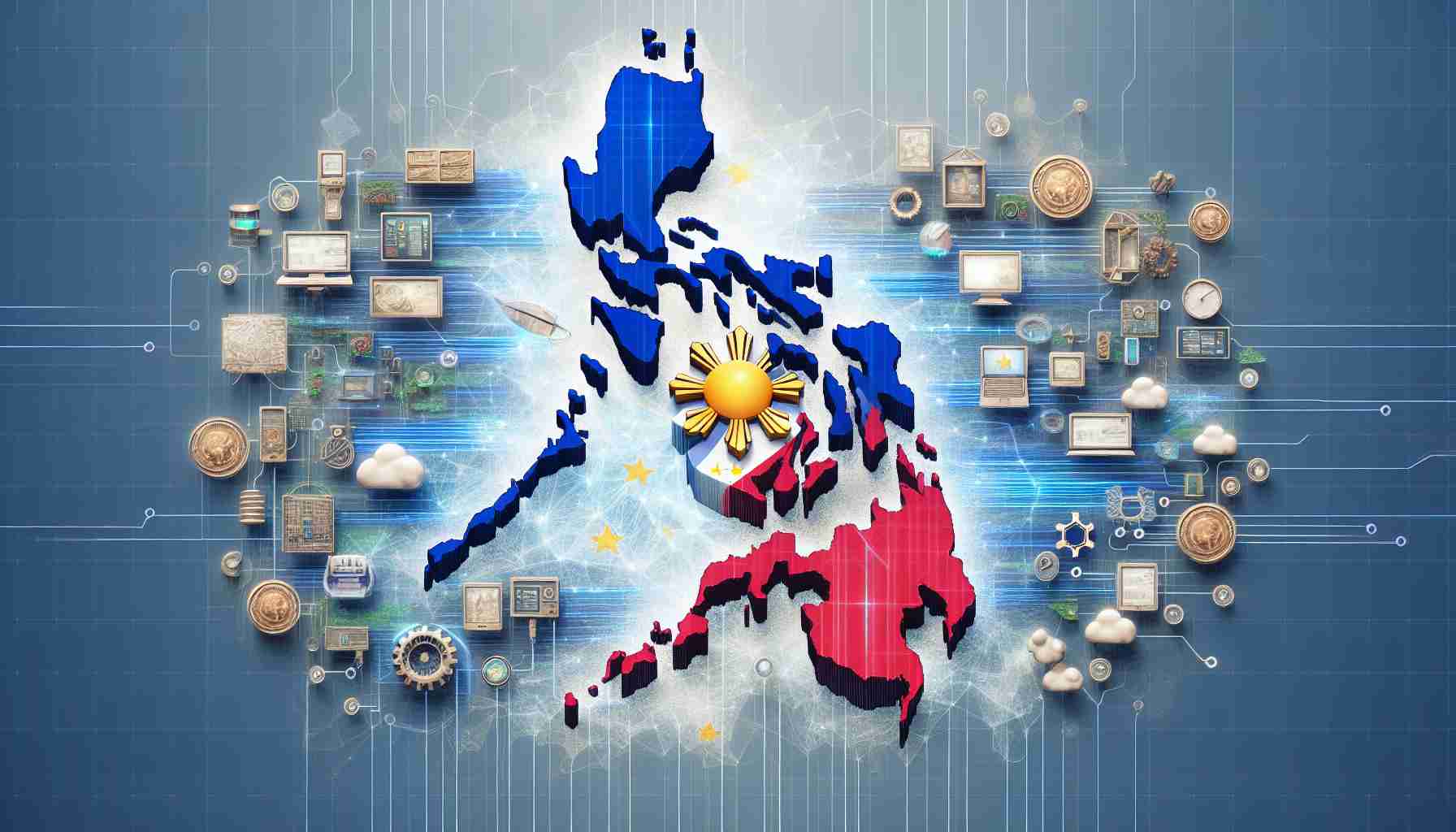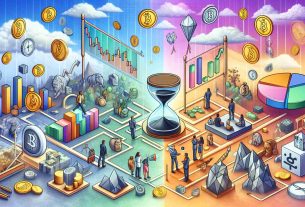The Department of Information and Communications Technology (DICT) in the Philippines is at the forefront of enhancing government services through the eGOVchain initiative, unveiled during the National ICT Summit. This innovation is designed to revolutionize how the government operates by utilizing blockchain technology.
Undersecretary David Almirol has highlighted that eGOVchain will be pivotal in increasing the efficiency and transparency of government transactions. By integrating at least three nodes into the system, the initiative will ensure secure and clear processes across various agencies. The project is currently in its initial phase, as only one node is operational, a status that does not yet qualify it as a fully-fledged blockchain system.
The initiative sets its sights on numerous advantages that align with global digital transformation trends. The primary benefits anticipated from eGOVchain involve considerably reduced administrative delays and a strong stance against fraudulent activities. Leading this drive, Almirol accentuated the value of the multiplicity of encrypted security layers, guaranteeing data storage across three different sites for robust resilience against threats.
The DICT’s roadmap includes the establishment of a second node by the year’s end, with support from private entities. This will be followed by the initiation of a third node by 2025. The department’s relentless efforts aim to support Filipinos by giving them control over their personal data.
The announcement of eGOVchain has significantly caught the attention of the local web3 community and cryptocurrency enthusiasts. Their interest and feedback are expected to play a role in shaping the future of e-governance in the Philippines.
Advantages of eGOVchain in the Philippines:
1. Increased Efficiency: The integration of blockchain technology in government services could streamline processes, reduce bureaucratic hurdles, and make the delivery of services faster.
2. Enhanced Transparency: Blockchain’s decentralized ledger allows for more transparent transactions, which can be independently verified by any party, thereby increasing government accountability.
3. Improved Security: The cryptographic nature of blockchain offers higher levels of security, ensuring the safety of sensitive data against hacking and fraudulent activities.
4. Data Sovereignty: With eGOVchain, Filipino citizens could have better control over their personal data, potentially choosing what information to share and with whom.
Challenges and Controversies:
1. Technological Barriers: Rolling out blockchain technology on a governmental scale requires significant expertise and infrastructure, which can be challenging.
2. Regulatory Framework: Creating a regulatory framework suitable for blockchain in government services is complex and could face legal and bureaucratic obstacles.
3. Digital Divide: There is a concern that e-governance may widen the gap between those with access to digital services and those without, thus potentially increasing inequality.
Key Questions:
– How will the DICT ensure eGOVchain is accessible to all Filipinos, including those in remote areas?
– What measures are being taken to address cybersecurity threats inherent in digital transformation?
– How will the DICT address potential regulatory and legal challenges that may arise with eGOVchain’s implementation?
Disadvantages:
While eGOVchain has numerous advantages, there are also potential disadvantages to consider. Transitioning to a blockchain-based system could be costly and time-consuming, requiring substantial investment in technology and training. There is also the risk of technological obsolescence, as rapid advances in technology could render the system outdated if not frequently updated.
For information on blockchain technology, you may visit the following:
– Blockchain.com: A popular platform for learning about and managing blockchain transactions.
– IBM Blockchain: Provides professional insights and services for enterprise blockchain solutions.
Please note that it is important to verify URLs before visiting, as the websites’ availability and content quality may change over time.



